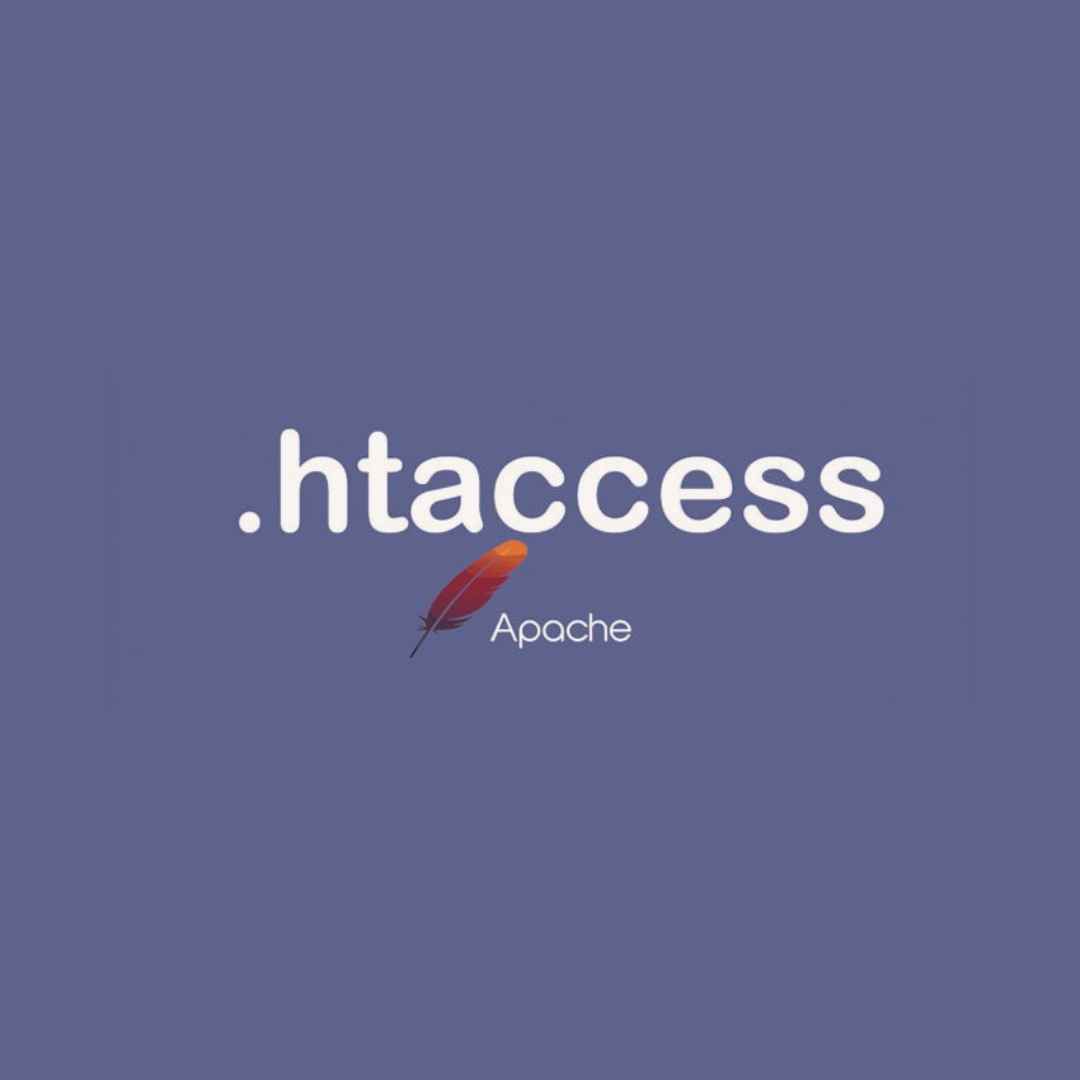What is .htaccess File?
.htaccess is a configuration file that allows web server administrators to control various aspects of their websites, such as access permissions, redirections, caching, and security. The file name starts with a dot (.) to indicate that it is a hidden file in Unix-like systems. The file is usually placed in the root directory of the website or in any subdirectory where the settings should apply.
.htaccess is a configuration file that allows you to control various aspects of your web server, such as access control, redirection, caching, compression, and more. It is often used to customize the behavior of your website without modifying the main server configuration.
In this blog post, we will explain what .htaccess is, how it works, and some common use cases for it. We will also show you how to create and edit .htaccess files using a text editor or an FTP client.
What does .htaccess stand for?
.htaccess stands for "hypertext access". The dot (.) at the beginning of the file name indicates that it is a hidden file, meaning that it is not normally visible in your file manager or directory listing. This is done to prevent accidental deletion or modification of the file, which could cause errors or security issues on your website.
How does .htaccess work?
.htaccess works by overriding the default settings of your web server for a specific directory or subdirectory. For example, if you have a .htaccess file in your root directory (usually public_html or www), it will apply to your entire website. If you have a .htaccess file in a subdirectory (such as /blog), it will apply only to that subdirectory and its subdirectories.
When a web server receives a request for a file or directory, it first checks if there is a .htaccess file in that location. If there is, it reads the file and executes the directives (commands) in it. If there is no .htaccess file, or if the file does not contain any relevant directives, it proceeds with the default settings.
What can you do with .htaccess?
.htaccess can be used for various purposes, such as:
- Restricting access to certain files or directories based on IP address, password, or other criteria.
- Redirecting users to different URLs based on various conditions, such as browser type, language preference, or query string.
- Improving the performance of your website by enabling caching, compression, or expiration headers.
- Enhancing the security of your website by preventing hotlinking, blocking malicious bots, or enforcing HTTPS.
- Customizing the appearance of your website by changing the error pages, adding custom headers or footers, or rewriting URLs.
How to create and edit .htaccess files?
To create and edit .htaccess files, you need two things: a text editor and a FTP client. A text editor is software that allows you to write and modify plain text files. An FTP client is software that allows you to transfer files between your computer and your web server.
To create a .htaccess file, you can use any text editor of your choice, such as Notepad, Sublime Text, or Atom. You can also use online tools such as www.htaccessredirect.net to generate a .htaccess code based on your preferences.
To edit an existing .htaccess file, you need to locate it on your web server using an FTP client, such as FileZilla, Cyberduck, or WinSCP. You can then download the file to your computer, open it with your text editor, make the changes you want, and upload it back to your web server.
Note: Before making any changes to your .htaccess file, it is recommended to make a backup copy of it and test the changes on a staging environment first. This way, you can avoid breaking your website or causing unexpected errors.
Conclusion
.htaccess is a powerful tool that allows you to customize various aspects of your web server and website. However, it also requires careful attention and knowledge of the syntax and rules. If you are not sure how to use .htaccess or need help with troubleshooting, you can always consult online resources such as httpd.apache.org or stackoverflow.com.
Share This Post
Related Articles
What Are Different Types of Web Developer?
Web developers are professionals who create websites and web applications using various technologies and tools.
Full-Stack vs MEAN Stack vs MERN Stack: The Right Technology Stack for You in 2024
Explore the differences and advantages of Full-Stack, MEAN Stack, and MERN Stack for web development in 2024. Make an informed decision to ensure the success of your projects.
Choosing the Perfect Web Development Framework: A Comprehensive Guide
Discover the ideal web development framework for your project! Dive into a comprehensive guide on popular options like Django, Next.js, Yii, ASP.NET MVC, and more. Make the right choice today!
10 Key Elements Every Business Website Should Have for Success!
Discover the 10 essential elements that can transform your business website into a powerhouse of success. From killer content to user-friendly navigation, we've got you covered!
Cracking the Code: A Beginner's Guide to Web Development
Dive into the world of web development with our beginner's guide! Learn HTML, CSS, JavaScript, and more. Become a coding wizard today!
Related FAQ
No related FAQ.
Say Hello
To Your Dream





